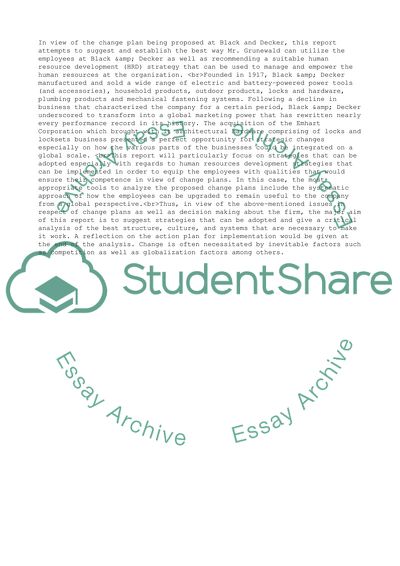Cite this document
(“Organizational and Educational Change: Black and Decker Case Study”, n.d.)
Organizational and Educational Change: Black and Decker Case Study. Retrieved from https://studentshare.org/business/1727142-manage-change-300-case-study
Organizational and Educational Change: Black and Decker Case Study. Retrieved from https://studentshare.org/business/1727142-manage-change-300-case-study
(Organizational and Educational Change: Black and Decker Case Study)
Organizational and Educational Change: Black and Decker Case Study. https://studentshare.org/business/1727142-manage-change-300-case-study.
Organizational and Educational Change: Black and Decker Case Study. https://studentshare.org/business/1727142-manage-change-300-case-study.
“Organizational and Educational Change: Black and Decker Case Study”, n.d. https://studentshare.org/business/1727142-manage-change-300-case-study.


